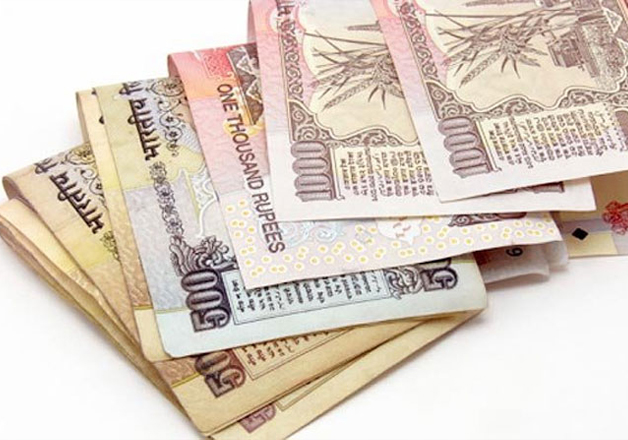NEW DELHI: Dismissing a batch of 58 petitions, the Supreme Court last week upheld the demonetisation carried out by the Central government in 2016 stating that the note ban was carried out with “good intention” and that, just because it was done by the Centre, it cannot be faulted. “The demonetisation decision does not suffer from any legal or constitutional flaws. Petitions can be placed before an appropriate bench by the Chief Justice of India for deciding issues linked to the main issue relating to the validity of the demonetisation process,” the top court said.
Meaning that petitioners who are not relieved by this judgement can file for a review petition before the Supreme Court for further adjudication. Putting down the claim of the petitioners and the opposition parties alike that the Central government did not consult with the Reserve Bank of India (RBI) before announcing demonetisation, the majority judgement of the Supreme Court accepted that there were consultations between the Centre and the RBI for six months before the actual notification for demonetisation was issued by the Central Government, therefore passing the test of proportionality.
“The record itself reveals that the RBI and the Central government were in consultation with each other for a period of six months before the impugned notification was issued. The record would also reveal that all the relevant information was shared by both the Central Board as well as the Central Government with each other. As such, it cannot be said that there was no conscious, effective, meaningful and purposeful consultation.” The top Court said.
The judgement was delivered by a five-judge constitution bench of the Supreme Court of India in a 4:1 proportion where four judges agreed that demonetisation had no flaw while a single judge of the constitution bench thought that the demonetisation process had some flaws. The majority judgement was delivered by Justice B.R. Gavai J. and was concurred to by Justice S. Abdul Nazeer, Justice A.S. Bopanna, and Justice V. Ramasubramanian, while Justice B.V. Nagarathna faulted the demonetisation in her dissenting judgment, but did not quash it.
The Court had meticulously crafted the judgement and had broken the points raised before it during the hearing into six different issues and have penned the judgement of the Court based on these issues.
While deliberating on the issue of whether the central government had done the right thing on keeping the matter of demonetisation a top secret, the Supreme Court also thought that to give the right effect to demonetisation secrecy was important. The Court said, “Such measures undisputedly are required to be taken with utmost confidentiality and speed. If the news of such a measure is leaked out, it is difficult to imagine how disastrous the consequences would be.”
Demonetisation was announced by Prime Minister Narendra Modi in November 2016. At about 8 PM on 8 November 2016 in a televised speech Modi announced that the denomination of Rs 500 and Rs 1000 would seize to be a legal tender from 12 am of 9 November 2016, which sent shockwaves across the country.
Several opposition leaders had attacked the Modi government then over this decision, but after six years, the Supreme Court also upheld the fact the argument of the government that demonetisation was done with the objective of weeding out black money, fake currency and terror financing and that the intention of the government was clean.
“We find that there is a reasonable nexus between the measure of demonetization with the aforesaid purposes of addressing issues of fake currency bank notes, black money, drug trafficking & terror financing. As such, the second test stands satisfied.” The Court’s majority judgement said. The majority judgement also struck down the argument of the petitioners that by restricting the amount of money one can withdraw from the bank, the government was restricting the right to property. It is also pertinent to mention here that the opposition parties were also making noise during the same period about restricting individuals from drawing currencies from the bank. However, the Court said, “We find that the argument that the right to property was sought to be taken away is without substance. In any case, even if there were reasonable restrictions on the said right, the said restrictions were in the public interest of curbing evils of fake currency, black money, drug trafficking & terror financing. As such, we find that applying the four-pronged test, the doctrine of proportionality is fully satisfied.”
The Court also said that for the larger good and public interest there is no harm for people of the country to go through some sort of hardships. “The contention that the impugned notification is liable to be set aside on the ground that it caused hardship to citizens will hold no water. The individual interests must yield to the larger public interest sought to be achieved by impugned,” the court said. The Supreme Court’s Constitution Bench’s majority judgement also struck the petitioners argument that the government had just given a window of 52 days to exchange the old currency notes for new ones. However Justice Nagarathna differed with the majority judgment and said it missed the main issue, namely that the RBI should initiate the demonetisation process and not the Centre and that this decision was legally flawed. She said in her judgement that demonetising currency was the job of the RBI and since this particular issue was raised by the Central government, this was illegal and legally flawed.
Demonetisation verdict is meticulously crafted
- Advertisement -

